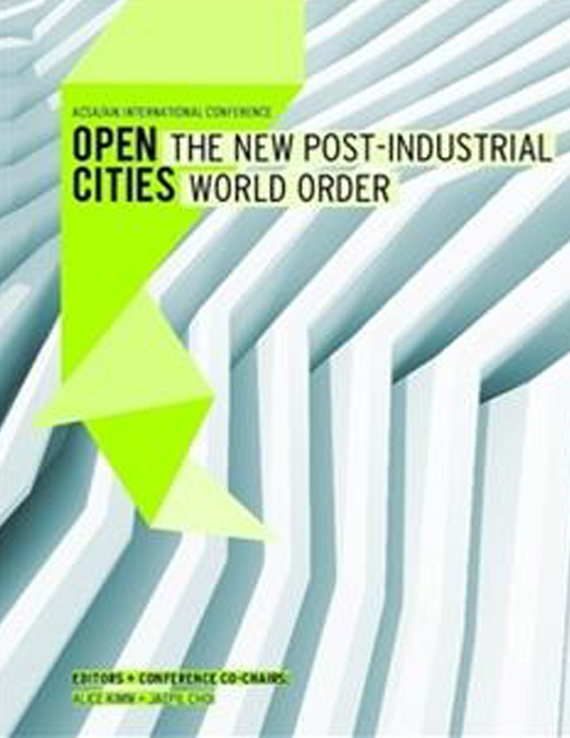Author(s): Traci Sooter
Our cities of today and tomorrow need to be built more sustainably to withstandthe devastating effects of natural disasters. In the news each day, we see the deadlyeffects of disasters impacting communities across the globe. Typhoons, hurricanes,earthquakes, tsunamis, wild fires and tornadoes are leaving hundreds to thousandsdead, injured or displaced without homes. Businesses and communities are destroyedand rebuilding is slow. Construction techniques often repeat the same mistakesleaving exposed a vulnerable community for the next disaster.On May 2011, Joplin, Missouri, located in a tornado prone area of the centralplains in the United States, sustained an EF-5 tornado that left 161 people deadand destroyed over 7500 homes and 800 businesses. Through a partnership witha school of architecture and a unique non-profit whose mission is to educate communitieson sustainable building practices and life style, students designed a disasterresilient demonstration home and bed and breakfast. The Eco-Home employsdisaster resilient and sustainable products and practices. An innovative buildingmaterial was used to create a wall system able to withstand impacts up to 250+miles per hour. This approach not only will sustain lives, but will protect the entirestructure and greatly reduce the volume of projectiles during the storm, subsequentlyreducing the debris field and the load on storm related landfills.The Eco-Home serves three distinct functions for the client. It houses the officesof the not-for-profit, it is an educational center on sustainability open to the publicand the bed and breakfast gives those seeking the opportunity, first-hand experienceof living in a sustainable, net-zero home. This complex program along withthe goal of creating a net-zero disaster resistant structure and working with a realclient proved to be quite challenging for the students.While the demonstration home was specifically designed for its location in “tornadoalley” in the mid-western United States, concepts and strategies used in the designcan be applied to the diverse natural disasters that are occurring so frequentlyacross our planet. This presentation will discuss best practices for responding tothe impact of climate change through disaster resilient design and will present innovativeresilient building materials and construction practices.
Volume Editors
Alice Kimm & Jaepil Choi
ISBN
978-0-935502-91-6

 Study Architecture
Study Architecture  ProPEL
ProPEL 
